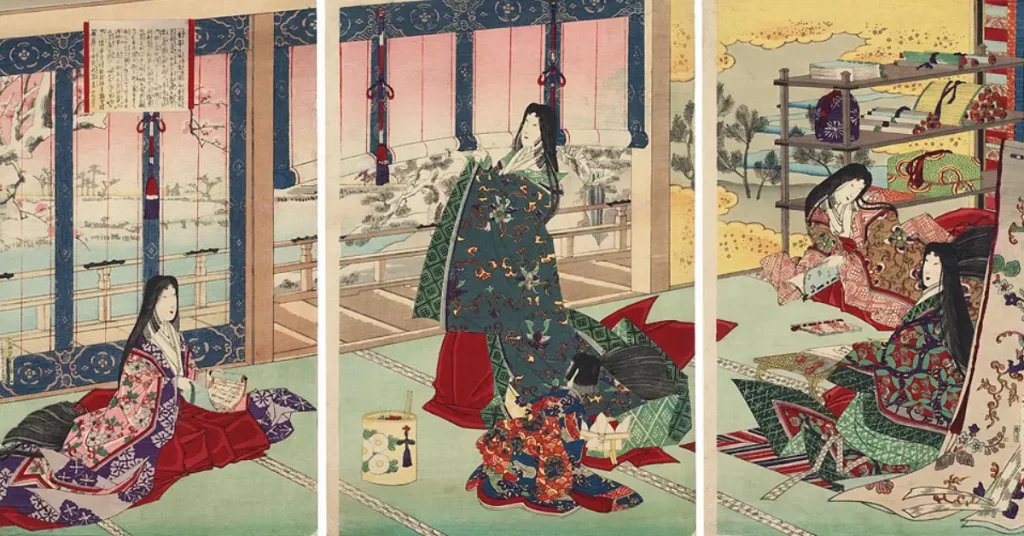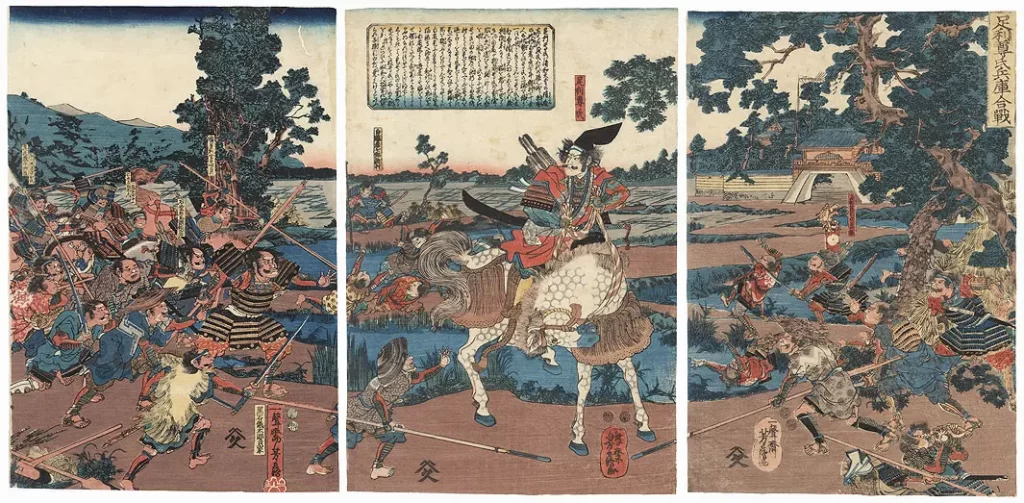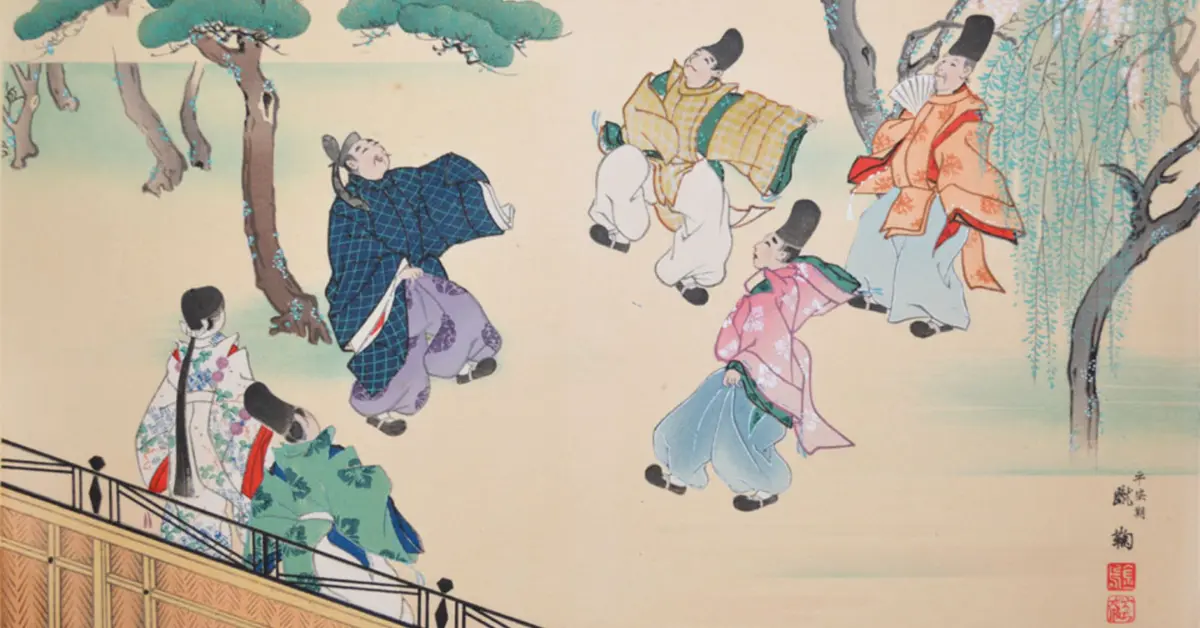The Heian period, from 794 to 1185, is a captivating chapter in Japanese history. It was an era with rich culture and the period when samurai class emerged as guardians and military leaders.
Read on to learn more about this period and the influencing factors leading to the rise of the samurai class.
Key Takeaways
- The Heian period in Japan was characterized by the dominance of the imperial court in Kyoto and a complex bureaucratic system known as the ritsuryo system.
- The central government was weakening. Powerful provincial families started to assert more control over local regions.
- The samurai served as guards for the aristocracy and imperial family. They gradually became more powerful and influential.
- Conflicts like the Zenkunen and Gosannen Wars highlighted the Samurai’s rising military importance.
- The Genpei War between the Taira and Minamoto clans led to the establishment of the Kamakura shogunate. This marked the beginning of the era of Samurai rule in Japan.
Brief Overview of the Heian Period (794-1185)
The Heian period, from 794 to 1185, is one of the most celebrated eras in Japanese history. It began with the establishment of a new capital, Heian-kyo (modern-day Kyoto), moving away from the previous capital, Nara.
This period was renowned for its profound developments in Japanese art, culture, and politics. It was a time when the Heian aristocracy flourished, setting the stage for significant societal transformations that would reshape Japan’s future.
Heian Period Society and Culture
The Heian period was a golden age in Japanese history. This era witnessed extraordinary cultural progress with heavy Chinese influence. Notable achievements include the development of the Japanese writing system and the flourishing of literature and art. One masterpiece was “The Tale of Genji”.
At the top of its richly organized society were the nobility. The nobility comprised a sophisticated class immersed in refined court life. In the imperial court, The Fujiwara Clan, adept in political strategy and matrimonial alliances, held immense influence.
The Heian aristocracy remained detached from the gradual change brewing in the provinces.

Emergence of the Samurai
Inefficiencies in the ritsuryo system complicated the governance of Japan. The vast distance between the capital and remote provinces further weakened the central control.
Initially termed ‘saburau’ – meaning those who serve – the samurai were the military arms of the noble families. They were also stewards of land, overseeing agricultural production and local affairs.
Key Clashes and Conflicts
Conflicts of this period, notably the Zenkunen War and the Gosannen War, were primarily fought in the northern provinces. They were fought far from the imperial court’s direct influence.
From 1051 to 1062, local governor Abe no Yoritoki led the Zenkunen War against the central government. Minamoto no Yoriyoshi and his son Minamoto no Yoshiie played pivotal roles in quelling the rebellion. The later Gosannen War (1083-1087) was fought between the Minamoto and Kiyohara clans.
These wars demonstrated the government’s reliance on provincial warrior families for military support.

Transition to Military Governance
The decline in central authority and the increasing independence of the samurai led to a gradual shift towards military governance.
Figures like Taira no Tadanori and Taira no Kiyomori of the Taira clan, and Minamoto no Noriyori and Minamoto no Yoritomo of the Minamoto clan, began to exert significant influence over the political landscape.
This period also saw the emergence of onna-musha, female warriors like Tomoe Gozen. These women participated in battles alongside their male counterparts.
The Bushido code, which emphasized martial skills, loyalty, and honor, started taking root. In contrast, the refined Heian court culture grew irrelevant.
End of the Heian Period and Dawn of the Kamakura
The culmination of the Heian period and the definitive rise of the Samurai class were marked by the Genpei War (1180-1185).
This national civil war between the Taira and Minamoto clans concluded with the pivotal Battle of Dan-no-ura. The defeat of the Taira clan and the victory of Minamoto no Yoritomo ushered in the Kamakura Period. The first Shogunate was formed. A military government replaced the aristocratic rule of the Heian period.
This transition signified not just a change in who wielded power but also a profound shift in Japan’s cultural and social fabric.
The Samurai were now at the forefront of Japanese society and governance.
Frequently Asked Questions
What led to the Imperial Court’s decline in authority during the Heian period?
The Imperial Court’s decline in authority during the Heian period was due to three main reasons. The inefficiency of the ritsuryo system, the court’s detachment from provincial affairs, and the rising power of influential clans.
How did powerful provincial families influence the rise of the Samurai class in the Heian period?
These powerful provincial families faced weak central control and established autonomous domains. They employed Samurai for military protection and local governance. This elevated the Samurai’s status and power.
How did the Samurai’s role evolve in Heian period Japan?
The samurai started serving as guards and estate managers for the nobility. They became vital military figures and political influencers later in the period.
Why did the Taira and Minamoto clans become dominant in the late Heian period?
The Taira and Minamoto clans rose to dominance in the late Heian period through strategic marriages and military prowess. They were also skillful in navigating court politics. The decline of central authority and the waning influence of the Fujiwara Clan further contributed to their success.
How did the Genpei War lead to the Kamakura Shogunate’s establishment?
The Genpei War was a turning point that led to the formation of the Kamakura Shogunate. The war showcased the Minamoto clan’s military dominance over the Taira. With his victory, Minamoto no Yoritomo established Japan’s first military government.
Why is the Heian period called the Golden Age?
The Heian period was called the Golden Age due to its flourishing culture and art. There were advancements in literature, art, and courtly life, most famously symbolized by “The Tale of Genji.”
Further Readings
- The Cambridge History of Japan: Volume 2 (Heian Japan)


